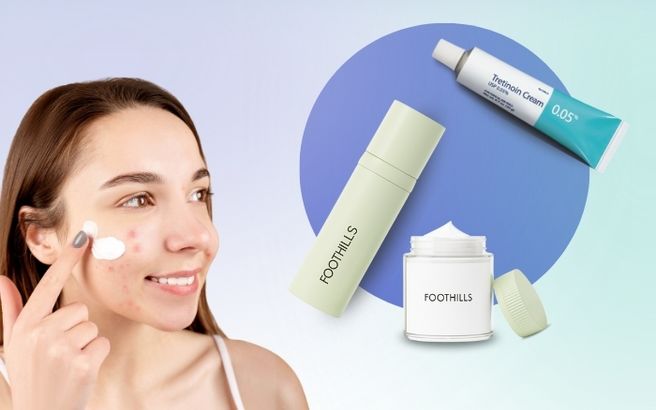A dermatologist’s advice on the “tretinoin purge”
Tretinoin is one of the most used skincare ingredients, however, it comes with some side effects when you first start using it. Learn more about the so-called “tretinoin purge” and how to deal with it..
Table of Content:
What is the tretinoin purge? | Why does it occur? | How long does it last? | Can you minimize the effects? | Tips to prevent irritation | Warning about tretinoin | Does tretinoin always cause skin purging? | Take photos of your skin
Our commitment to producing high-quality content:
The information presented in this article is based on scientific research and the professional advice of our Content Medical Reviewers, who are experts in the field of Dermatology. How we write our content →
We asked Dr. Carolina Fernandez, a board-certified dermatologist about this term, which is not officially recognized by dermatologists.
Tretinoin, a topical retinoid commonly used for the treatment of acne, has been a very popular discussion topic among skincare enthusiasts for its potential to deliver significant skin improvement for acne and photoaging. However, the process of using tretinoin can be intimidating, especially due to the infamous “tretinoin purge.” This term refers to the temporary worsening of the skin when starting to use tretinoin. While it can be disheartening, it is believed that the “purge” is a sign that the medication is working and that their skin will eventually clear up. In this blog post, we’ll take a closer look at what the tretinoin purge is, why it happens, and how you can manage it.
Skin purging is a common side effect of using tretinoin. It usually appears right after the medication is first used, or when you increase the dosage. This can be a shocking experience for new users. Wondering what causes it, how to prevent and treat it? In this article we go over all the things you need to know about tretinoin purging..
What is a tretinoin purge?
A tretinoin purge, also referred to as “tretinoin uglies” is a common skin reaction that occurs when a patient uses tretinoin (Retin-A or Tretin-X) for the first time.
Tretinoin is a vitamin A derivative approved by the FDA to treat several skin conditions such as acne, photoaging, wrinkles, rough skin patches, and hyperpigmentation[1].
Tretinoin improves the skin in many ways, it has anti-inflammatory properties, it helps unclog pores, it promotes a normal flow of sebum, and it increases skin cell turnover[2]
“Research shows that tretinoin combats acne and is an effective anti-aging ingredient[3]; unfortunately, when using tretinoin, before the healthy and beautiful skin appears, the skin goes under a “cleansing” process commonly known as tretinoin purging,” says Dr. Carolina Fernandez.
“The symptoms related to tretinoin purging typically involve acne breakouts, severe skin dryness and peeling, redness and irritation[4], but it is important to know that this phase is temporary and once it’s over, the skin will generally begin to improve, and you will be able to see the positive effects. It is important that this process is monitored by a specialist, since in some patients it can be necessary to suspend the medication,” she added.
How can I get a tretinoin prescription?
You can start a consultation with a virtual dermatologist for $59 to get a prescription for tretinoin, your provider will give you an answer within 1-2 work days. Medication refills are $39.
Why does tretinoin purging or tretinoin redness occur?
To understand why tretinoin causes skin purging, it is necessary to know about the skin cell renewal process.
Every day, your skin sheds dead cells. However, the speed of this process decreases with environmental factors and age. For example, for teenagers, this process lasts between 10 – 21 days, while for people in their 40’s and 50’s the skin cell renewal process may last between 45 – 60 days[5].
Lifestyle choices (extrinsic skin aging) such as spending too much time in the sun, smoking a poor diet, and nutrient deficiency slow down the cell renewal process[6], which means dead skin cells and bacteria can accumulate on the surface of the skin and cause acne breakouts.
“During the skin purge, your skin speeds up the cell turnover faster than it’s used to so the substances clogging your pores get pushed to the surface of your skin faster, so you may experience slight inflammation, contributing to additional breakouts,” says Dr. Fernandez.
“When the skin purge is over and your skin adjusts to the faster regeneration process, new skin cells will reach the surface at a faster rate, causing less acne breakouts and better skin. It is important to find the right dose and frequency of the retinoid once the condition is resolved, to maintain optimal turnover, without reducing the thickness of the skin, nor obstructing it, she added.
How do you not purge on tretinoin?
You cannot prevent your skin from purging on tretinoin because during the purge your skin speeds up the cell turnover faster than it’s used to leading to the faster expulsion of your clogged pores leading to more breakouts. When your skin adjusts to the faster regeneration process (usually a few weeks), the skin purge will be over.
How long does a tretinoin skin purge last?
The unwanted side effects of tretinoin, in particular, the increased amount of acne breakouts usually last from two to six weeks.
Can you prevent tretinoin purging or tretinoin skin peeling?
According to Dr. Fernandez, it is important to follow your healthcare provider’s instructions on how and when to apply tretinoin, but as a general rule, tretinoin should be used at night, 30 minutes after washing your face.
Retinoids degrade and lose effectiveness in sunlight[7] and they also make your skin more sensitive to sunlight[8]. That is why it is of great importance to use sunscreen responsibly whenever you are under this treatment regardless of the weather and exposure.
It’s usually advised to begin with a low dose of tretinoin and gradually increase it if needed.
To help reduce some of the side effects such tretinoin skin peeling and redness, you can apply a layer of moisturizer first, wait a few minutes, apply a layer of tretinoin, and finally apply hyaluronic acid to hydrate your skin.
If you have never used it follow a few simple steps to apply tretinoin to start.
If tretinoin is seriously irritating your skin, try switching to Altreno, a new and improved tretinoin formulation which is much more gentle on the skin.
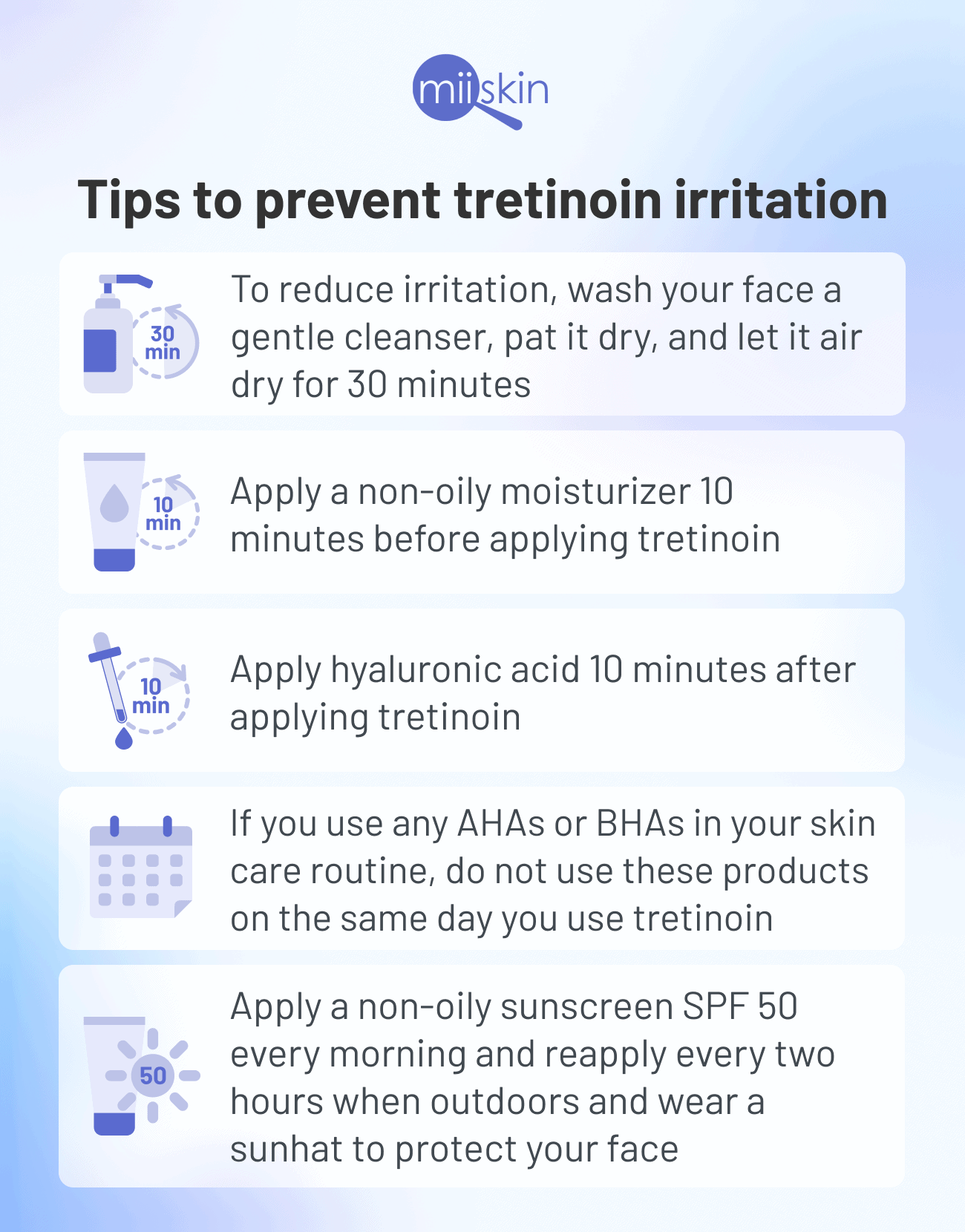
Warning about using Tretinoin
Tretinoin is considered teratogenic, meaning it cannot be used by women who want to become pregnant, are pregnant, or are breastfeeding because it may cause serious harm to the fetus [9] [10].
Women of childbearing age should use effective contraception when using these medications.
How long does your face purge on tretinoin?
Skin purging typically lasts anywhere between four to six weeks which is roughly in line with how long it takes for your skin cells to naturally turnover. During this phase, it might seem like your skin is getting worse but it should settle down and improve after you’ve passed this period.
Should I apply moisturizer before or after tretinoin?
The best approach when using tretinoin is to apply a moisturizer before and after applying tretinoin. This application technique is called the sandwich method and it is widely used to minimize skin irritation.
Does tretinoin always cause irritation or skin purging?
Everyone’s skin is different, but most people’s skin does react to tretinoin when they use it for the first time, especially if it’s used to combat acne. You can experience tretinoin redness and skin peeling, if you use this medication for anti-aging.
If I use tretinoin for anti-aging will it also make my skin purge?
If you use tretinoin for wrinkles and anti-aging you may experience less or non acne breakouts but you still may experience skin irritation.
If I start with a low concentration, will this help minimize symptoms?
According to Dr. Fernandez, starting with a low tretinoin strength of (0.01% or 0.025%) may help you reduce some of the symptoms of the tretinoin purge.
Interested in including a particular tretinoin strength into your skincare routine? Start right here: Tretinoin 0.025% cream | Tretinoin 0.05% cream | Tretinoin 0.01% cream.
Key points of the article
- Tretinoin purging: Tretinoin commonly causes a skin purge, characterized by acne breakouts, dryness, and irritation, especially when first used or when the dosage is increased.
- Purging cause: The purge occurs because tretinoin accelerates skin cell turnover, bringing clogged pores to the surface more quickly.
- Duration of purging: The purging phase typically lasts from two to six weeks.
- Prevention tips: Start with a low dose, apply moisturizer before and after tretinoin, and always use sunscreen.
- Teratogenic warning: Tretinoin is teratogenic and should not be used by women who are pregnant, breastfeeding, or planning to become pregnant.
Want a tretinoin prescription for your skin?
Article References:
1. https: //www. Ncbi. Nlm. Nih. Gov/books/nbk557478/
2. https: //www. Ncbi. Nlm. Nih. Gov/pmc/articles/pmc3225141/
3. https: //www. Ncbi. Nlm. Nih. Gov/books/nbk557478/
4. https: //www. Mayoclinic. Org/drugs-supplements/tretinoin-topical-route/side-effects/drg-20066521? P=1 https: //pubmed. Ncbi. Nlm. Nih. Gov/6827031/
5. https: //pubmed. Ncbi. Nlm. Nih. Gov/6827031/
6. https: //dermnetnz. Org/topics/ageing-skin
7. https: //www. Ncbi. Nlm. Nih. Gov/pmc/articles/pmc3579485/
8. https: //pubmed. Ncbi. Nlm. Nih. Gov/3530309/
9. https: //rarediseases. Info. Nih. Gov/diseases/517/fetal-retinoid-syndrome
10. https: //pubmed. Ncbi. Nlm. Nih. Gov/26897386/


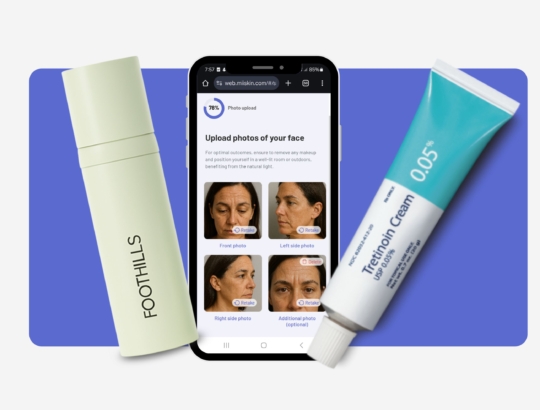
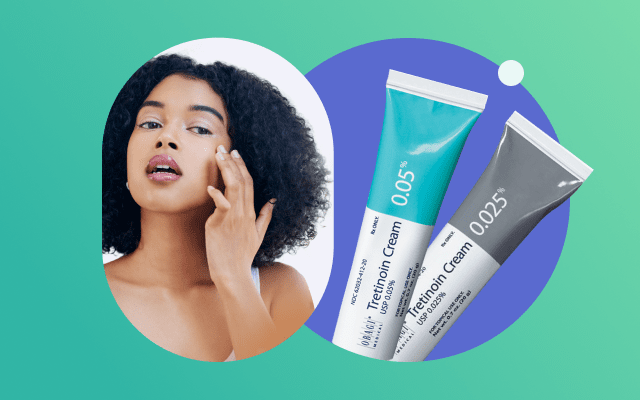
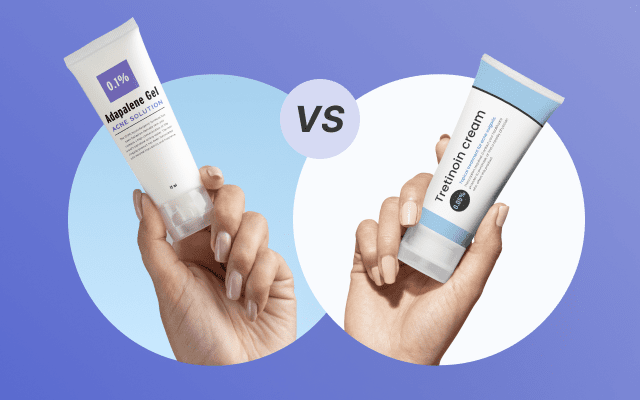
 Want a tretinoin prescription?
Want a tretinoin prescription?